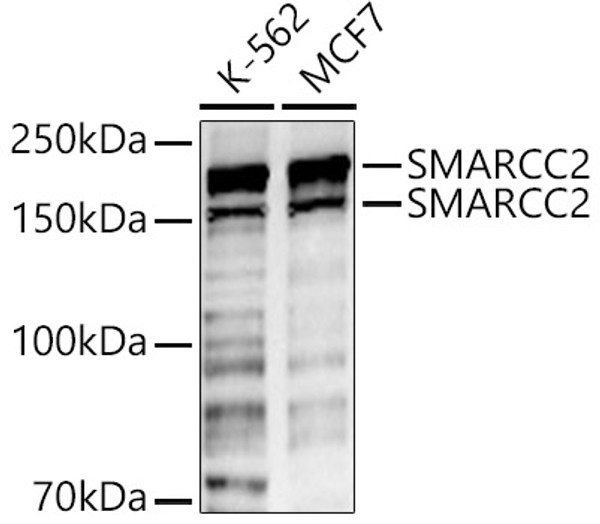| Host: | Mouse |
| Applications: | WB/ELISA |
| Reactivity: | Human/Mouse/Rat |
| Note: | STRICTLY FOR FURTHER SCIENTIFIC RESEARCH USE ONLY (RUO). MUST NOT TO BE USED IN DIAGNOSTIC OR THERAPEUTIC APPLICATIONS. |
| Short Description : | Mouse monoclonal antibody anti-Cadherin-4 (150-250) is suitable for use in Western Blot and ELISA research applications. |
| Clonality : | Monoclonal |
| Clone ID : | PT2127 |
| Conjugation: | Unconjugated |
| Isotype: | IgG1k |
| Formulation: | Liquid in PBS containing 50% Glycerol and 0.02% Sodium Azide. |
| Purification: | The antibody was purified using affinity-chromatography using specific immunogen. |
| Concentration: | 1 mg/mL |
| Dilution Range: | WB 1:500-2000 |
| Storage Instruction: | Store at-20°C for up to 1 year from the date of receipt, and avoid repeat freeze-thaw cycles. |
| Gene Symbol: | CDH4 |
| Gene ID: | 1002 |
| Uniprot ID: | CADH4_HUMAN |
| Immunogen Region: | 150-250 |
| Specificity: | This antibody detects endogenous levels of R-Cadherin at Human, mouse, rat |
| Immunogen: | Synthesized peptide derived from human R-Cadherin. AA range: 150-250 |
| Tissue Specificity | Expressed mainly in brain but also found in other tissues. |
| Function | Cadherins are calcium-dependent cell adhesion proteins. They preferentially interact with themselves in a homophilic manner in connecting cells.cadherins may thus contribute to the sorting of heterogeneous cell types. May play an important role in retinal development. |
| Protein Name | Cadherin-4Retinal CadherinR-CadR-Cadherin |
| Database Links | Reactome: R-HSA-418990Reactome: R-HSA-525793 |
| Cellular Localisation | Cell MembraneSingle-Pass Type I Membrane Protein |
| Alternative Antibody Names | Anti-Cadherin-4 antibodyAnti-Retinal Cadherin antibodyAnti-R-Cad antibodyAnti-R-Cadherin antibodyAnti-CDH4 antibody |
Information sourced from Uniprot.org








